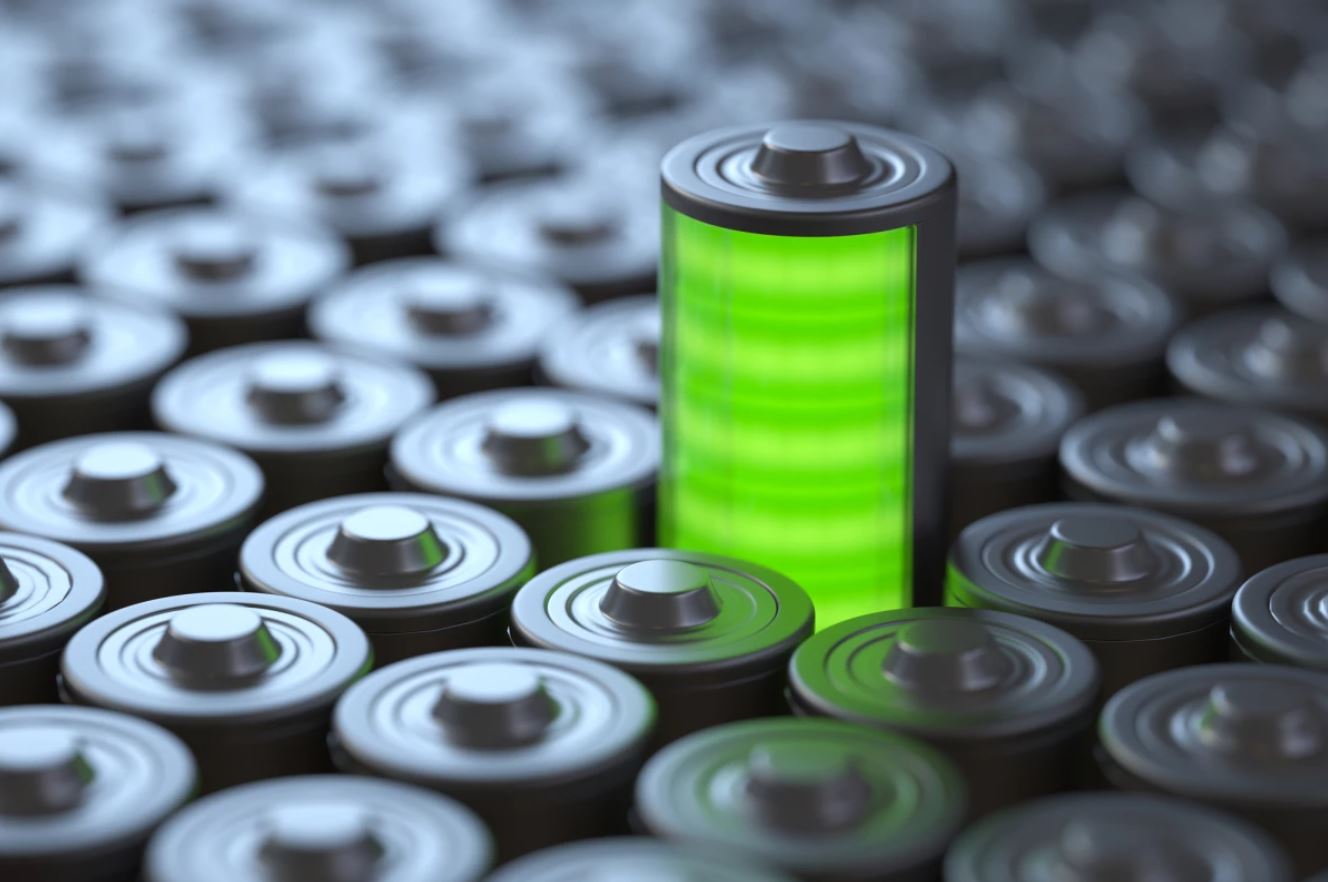 The latest findings from a team at Florida State University’s FAMU-FSU College of Engineering show that a new blend of polymers could transform how we power smartphones, electric vehicles, drones, and even space probes. Researchers mixed polyethylene oxide (PEO)—a common battery material due to its ability to conduct ions and its sturdy nature—with a specially charged polymer called p5. Even a slight charge tweak made a big difference in how these materials interact.
The latest findings from a team at Florida State University’s FAMU-FSU College of Engineering show that a new blend of polymers could transform how we power smartphones, electric vehicles, drones, and even space probes. Researchers mixed polyethylene oxide (PEO)—a common battery material due to its ability to conduct ions and its sturdy nature—with a specially charged polymer called p5. Even a slight charge tweak made a big difference in how these materials interact.
By careful experimentation with different ratios of PEO and p5, the researchers discovered that low levels of p5 led to separation, while higher levels produced a uniform, stable mixture. This insight not only backs up a predictive model for polymer behaviour over various temperatures but also hints at a more efficient route to finding suitable materials for solid‐state batteries.
Dr. Daniel Hallinan Jr. explained that understanding charge concentration and electrostatic forces is key to designing materials that are both safe and effective. His colleague, Dr. Michael Patrick Blatt, added that the model can help narrow down choices by weeding out polymers that wouldn’t perform under the rigours of everyday use. It’s a bit like having a reliable filter when you’re sorting through options to spot the best fit.
This work holds special promise for lithium metal batteries. Unlike traditional lithium-ion batteries that rely on flammable liquids, these new solid-state batteries use nonflammable solid electrolytes. Hallinan compares the transition to swapping out oil lanterns for candles—simpler and more dependable. The team is already moving on to develop a more conductive polymer binder, one that will allow ions to travel freely through thinner, flexible electrolyte membranes.
If you’ve ever struggled with the limitations of current battery technology, this development is a welcome sign. With safer, longer-lasting materials on the horizon, our devices and vehicles could soon benefit from a leap forward in performance and security.








